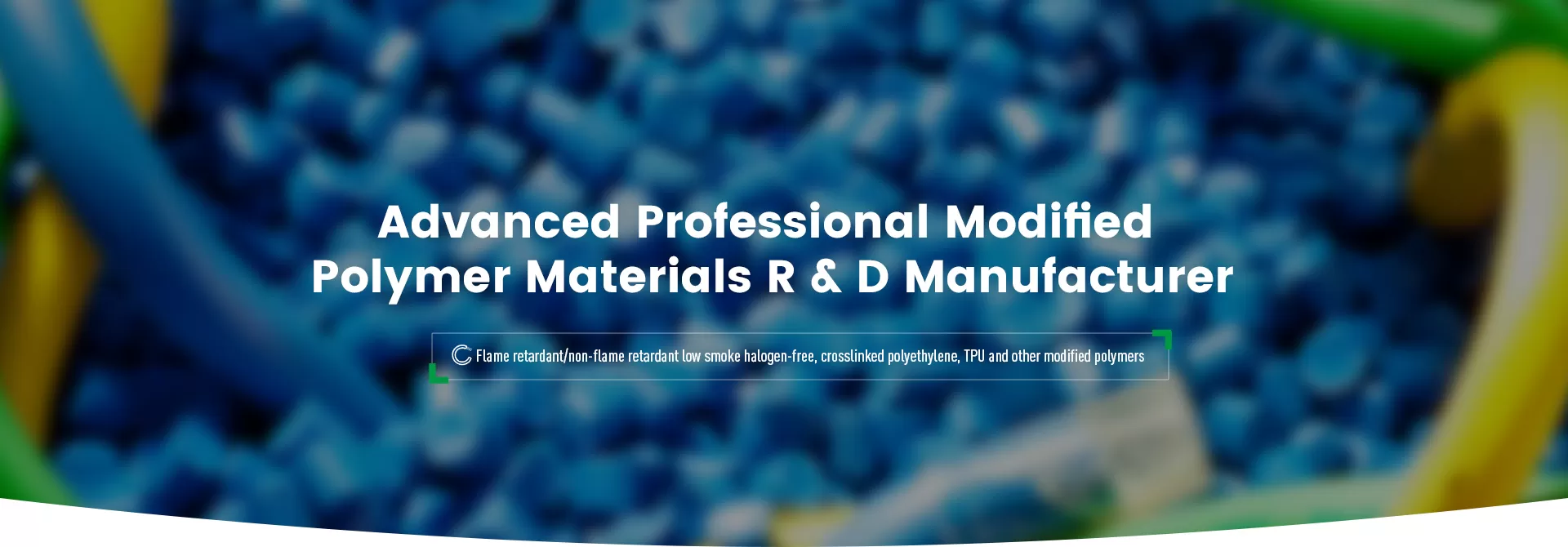
When selecting materials for manufacturing, TPU (Thermoplastic Polyurethane) and PVC (Polyvinyl Chloride) are often considered versatile options. Although both are thermoplastic polymers, they exhibit significant differences in terms of performance, applications, and environmental impact. This article explores the comparison between “TPU vs PVC”, analyzing the “differences between TPU and PVC” to help you choose the right material for your specific needs.
Thermoplastic Polyurethane TPU is a highly elastic and versatile polymer known for its exceptional properties, including abrasion resistance, toughness, and aging resistance. Combining the advantages of rubber and plastic, TPU stands out with features like excellent wear resistance, oil resistance, weather resistance, and anti-aging properties. Additionally, TPU offers outstanding waterproofing, breathability, antibacterial, anti-mildew, and UV resistance, among many other functionalities. It is widely used in industries such as cable manufacturing, medical devices, industrial components, sports gear, and consumer electronics.
Polyvinyl chloride (PVC) is one of the most widely used plastics in the world, favored for its low cost and ease of processing.PVC can be rigid or flexible, depending on the application.PVC's wide availability and affordability have made it the material of choice for industries such as construction, electrical and consumer products.

1. Durability and Abrasion Resistance
TPU: Renowned for its superior abrasion resistance, making it ideal for high-durability applications like automotive parts and protective casings.
PVC: Durable under moderate conditions but prone to cracking under prolonged stress or extreme environments.
2. Flexibility
TPU: Its inherent elasticity allows it to stretch and recover without deformation, ensuring reliability.
PVC: Achieves flexibility through the addition of plasticizers, which may degrade over time, shortening its lifespan.
3. Heat Resistance
TPU: Performs excellently across a broader temperature range, typically operational between -40°C and 120°C, depending on its grade.
PVC: Functions well at up to 60°C but softens or deforms at higher temperatures.
4. Transparency and Aesthetics
TPU: Offers higher transparency and better surface finishes compared to PVC, customizable into clear, matte, or glossy appearances.
PVC: Generally opaque unless enhanced with specific additives, with limited aesthetic options.
5. Environmental Impact
TPU: More eco-friendly than PVC, being recyclable and free of harmful chlorine-based additives.
PVC: Challenging to recycle due to its chlorine content and dependence on chemical plasticizers, making disposal more problematic.
1.TPU Applications
Thanks to its superior performance, TPU is widely used in high-performance and premium products, such as:
Consumer Electronics: Protective phone cases, data cables, and earphone wires.
Medical Industry: Flexible tubing and inflatable medical devices.
Automotive Industry: Hoses, seals, and shock-absorbing components.
Sports Goods: High-performance footwear and fitness accessories.
2.PVC Applications
PVC, as a cost-effective and versatile material, is used in applications where budget and moderate performance are key considerations. Common uses include:
Electrical Industry: Insulation materials for cables and wires.
Construction Sector: Pipes, flooring, and window frames.
Consumer Products: Inflatable toys and pool floats.
Automotive Industry: Decorative parts and seat covers.

| Property | TPU | PVC |
| Cost | Higher | Lower |
| Durability | Superior abrasion resistance | Moderate durability |
| Flexibility | Inherent elasticity | Plasticizer-dependent |
| Heat Resistance | -40°C to 120°C | Up to 60°C |
| Environmental Impact | Recyclable, eco-friendly | Difficult to recycle, chlorine-based |
| Applications | High-performance products | Cost-sensitive projects |
As sustainability becomes a growing priority, the environmental impact of materials plays a crucial role in decision-making:
PVC: Contains chlorine and releases harmful gases during incineration or disposal. Its reliance on additives further complicates recycling.
TPU: Chlorine-free and thus more sustainable. Its recyclability makes it an ideal choice for reducing environmental footprints.
Cost Comparison: TPU vs PVC
Cost often determines material selection:
PVC: Widely available and affordable, making it a go-to choice for budget-conscious projects.
TPU: Higher upfront costs, but its exceptional durability and performance often lead to long-term savings in demanding applications.
(Please click to enter and view related articles)
1. Which is more flexible: TPU or PVC?
TPU: Offers inherent elasticity that maintains flexibility over time.
PVC: Relies on plasticizers for flexibility, which may degrade.
2. What are the environmental concerns with PVC?
PVC contains chlorine, making it difficult to recycle and hazardous when improperly disposed of.
3. Is TPU more durable than PVC?
Yes, TPU's abrasion resistance and toughness make it more durable, especially in demanding applications.
4. Which material is better for outdoor use?
TPU, due to its superior UV resistance and heat tolerance, is better suited for outdoor applications.
Understanding the “differences between TPU and PVC” is essential for making informed material choices. The comparison of PVC vs TPU materials highlights that each has its unique advantages:
PVC: Ideal for cost-effective, standard-use projects.
TPU: Offers exceptional flexibility, durability, and environmental benefits for high-performance needs.
Whether you're researching “TPU vs PVC” or diving deeper into “PVC vs TPU material”, the right choice ultimately depends on your project's specific requirements. By considering factors like durability, flexibility, cost, and environmental impact, you can select the material that best aligns with your goals.